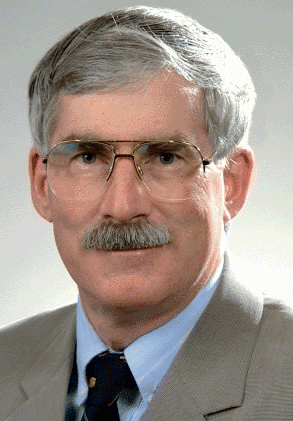Even as an endoscopic approach to malignant sinonasal tumors appears to be increasingly popular, this treatment is stirring debate within the medical community due to the lack of long-term study data showing that the technology is as effective as open surgery.
Explore This Issue
May 2009Open cranial facial resection has been the workhorse for sinonasal tumors for more than 50 years, said Pete Batra, MD, Assistant Professor of Surgery at the Head and Neck Institute and Section Head of Nasal and Sinus Disorders at the Cleveland Clinic Foundation. However, this paradigm shifted about 20 years ago with the introduction of endoscopy to the field of otolaryngology-head and neck surgery.
Over the past decade, endoscopes have been used for orbital and pituitary surgery and the removal of benign tumors such as angiofibromas, osteomas, and inverted papillomas, explained Dr. Batra. This experience has culminated in an endoscopic approach to malignant sinonasal tumors, including those that extend to the anterior skull base, he said.
Although endoscopy has been successful in removing benign tumors, using this approach to treat malignant tumors is still very controversial, said Carl Snyderman, MD, Professor of Otolaryngology and Neurological Surgery and Co-Director of the Center for Cranial Base Surgery at the University of Pittsburgh School of Medicine. There are still a lot of skeptics.
John Osguthorpe, MD, Professor in the Department of Otolaryngology-Head and Neck Surgery at the Medical University of South Carolina in Charleston, cautions that the treatment of benign and malignant sinonasal tumors should not be lumped together. There’s a big division between what has been documented as effective by larger series with long-term follow-ups for benign paranasal tumors and what has been [documented] for malignant tumors, he said.
Sinonasal malignancies are sporadic and their treatment should not be the same as that of benign tumors, agreed Dennis Kraus, MD, Attending Surgeon in the Head and Neck Service at Memorial Sloan-Kettering Cancer Center and Professor of Otorhinolaryngology at Cornell University Medical Center in New York.
 There’s a big division between what has been documented as effective by larger series with long-term follow-ups for benign paranasal tumors and what has been [documented] for malignant tumors.
There’s a big division between what has been documented as effective by larger series with long-term follow-ups for benign paranasal tumors and what has been [documented] for malignant tumors.
-John Osguthorpe, MD
Using endoscopy on the pituitary is a lot different than endoscopic sinonasal surgery for a malignancy, he said. However, the role of endoscopy in the treatment of sinonasal malignancies is increasing as a new generation of physicians enters head and neck surgery, he noted.
Leave a Reply